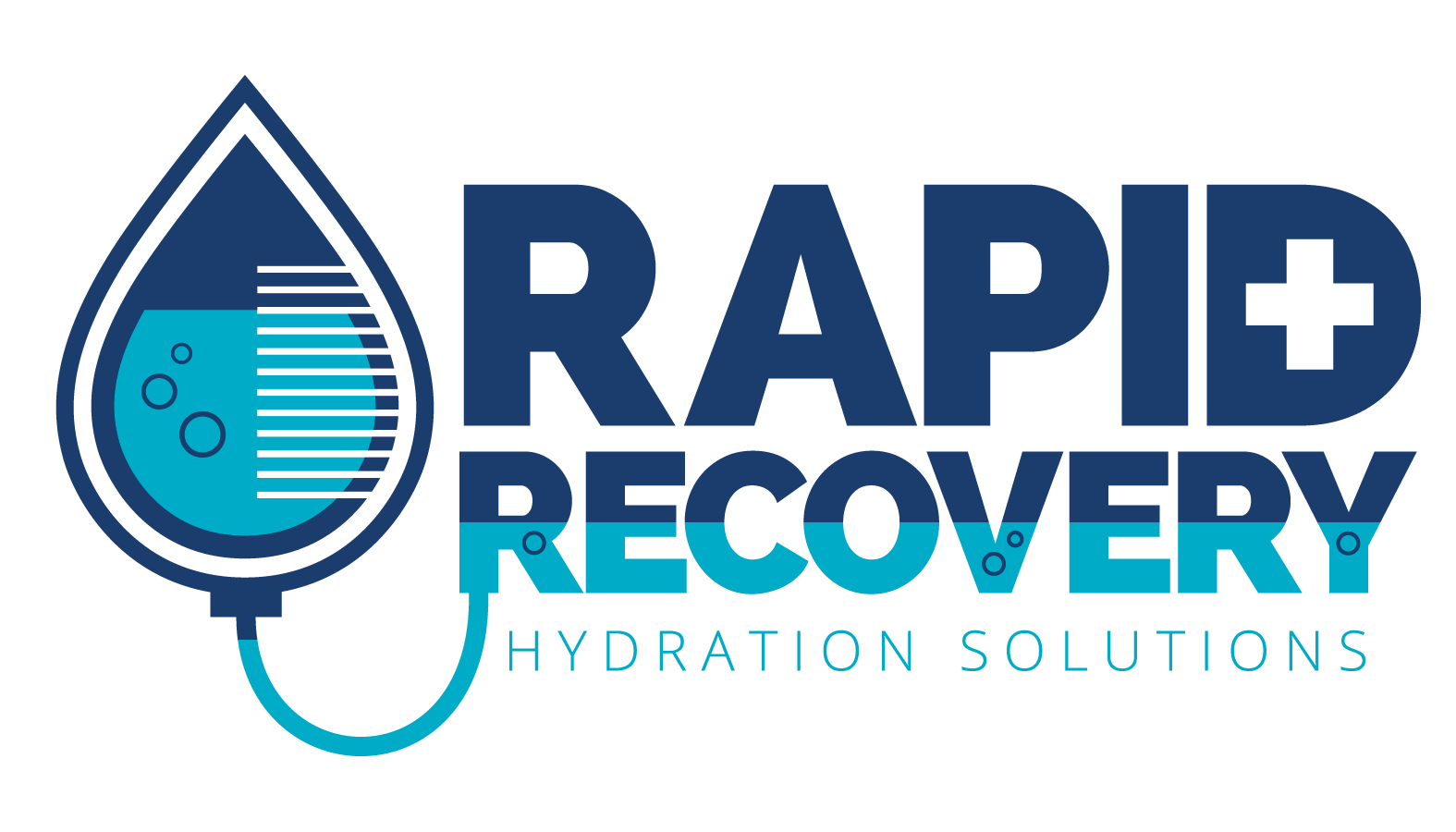B6-Pyridoxine (vitamin b complex)
In your diet - cereals, beans, vegetables, liver, meat, and eggs. It can also be made in a laboratory.
Uses - treating heart disease; high cholesterol; reducing blood levels of homocysteine, a chemical that might be linked to heart disease; and helping clogged arteries stay open after a balloon procedure to unblock them (angioplasty).
Women use pyridoxine for premenstrual syndrome (PMS) and other menstruation problems, “morning sickness” (nausea and vomiting) in early pregnancy, stopping milk flow after childbirth, depression related to pregnancy or using birth control pills, and symptoms of menopause.
Pyridoxine is also used for Alzheimer’s disease, attention deficit-hyperactivity disorder (ADHD), Down syndrome, autism, diabetes and related nerve pain, sickle cell anemia, migraine headaches, asthma, carpal tunnel syndrome, night leg cramps, muscle cramps, arthritis, allergies, acne and various other skin conditions, and infertility. It is also used for dizziness, motion sickness, preventing the eye disease age-related macular degeneration (AMD), seizures, convulsions due to fever, and movement disorders (tardive dyskinesia, hyperkinesis, chorea), as well as for increasing appetite and helping people remember dreams.
Some people use pyridoxine for boosting the immune system, eye infections, bladder infections, and preventing cancer and kidney stones.
Pyridoxine is also used to overcome certain harmful side effects related to radiation treatment and treatment with medications such as mitomycin, procarbazine, cycloserine, fluorouracil, hydrazine, isoniazid, penicillamine, and vincristine.
